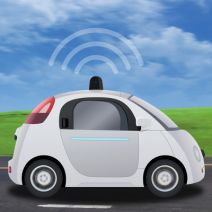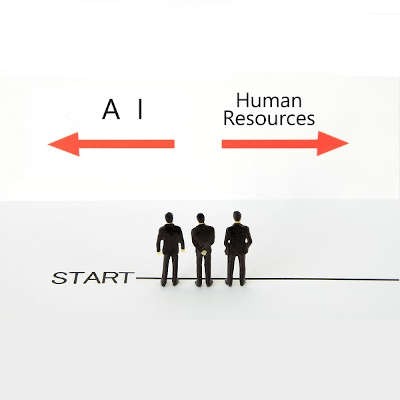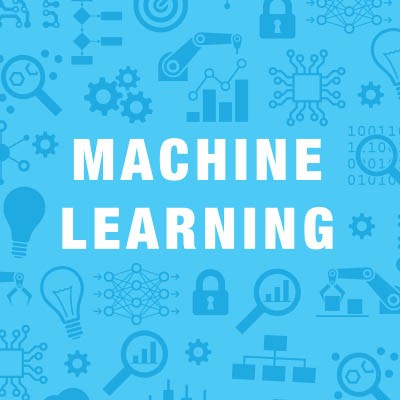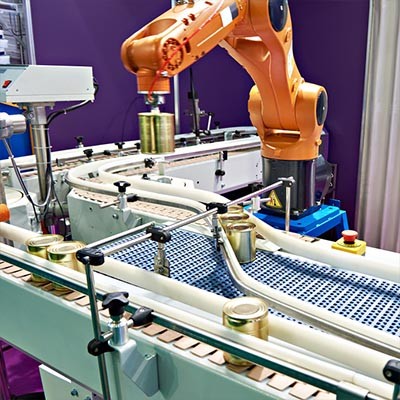In business technology, automation reigns supreme, especially for tedious tasks that offer little to the individual performing them. Remote management epitomizes such tasks, and strategic automation can greatly enhance organizational productivity. Let’s examine how automation can help you stay proactive.
One way businesses attempt to save money is through automating certain processes and tasks that have traditionally been time-consuming or monotonous for their workforce. When implemented appropriately, automation can cut costs, streamline operations, and improve quality of life for workers. However, just because a task can be automated doesn’t necessarily mean that it should be automated. Let’s look at the arguments for and against automation in these contexts.
The Internet of Things can be a tricky concept to wrap your head around, and it certainly doesn’t help that so many new smart devices are being added to it day-in and day-out. Let’s take a look at what makes up the Internet of Things and why it’s important to know what it is from a business perspective.
Human resources are a part of almost any business. That is because there are a lot of Is to dot and Ts to cross in any business. Some HR departments are better than others, but typically the HR department deals with most of the elements of the business that deal with, you guessed it, the human resources (employees). Today, the HR landscape is changing as businesses are now looking to automation to handle much of the heavy lifting.
All businesses demand a certain amount of technology in order to push their organizational profitability forward. Whether they invest in tried-and-true technologies or they use their capital a little more innovatively, really depends on how decision makers’ forecasts of those investments help the organization become more productive or efficient. Today, we will look at five of the most important technology trends for SMBs in 2020.
Automation is sometimes misconceived as a troublesome or unreliable addition to business. It’s not about replacing people with machines, it’s about getting more done with the people you have. Having an attitude that doubts technology and believes nothing can replace human processing can quickly put you at a disadvantage compared to your competitors.
Automation does nothing but help businesses, but can the same be said for the people that work at these businesses? With more systems relying on some semblance of artificial intelligence, smart automation could replace up to a quarter of the current workforce over the next ten years. Today, we will take a look at the importance of profitability and how AI is likely going to usher in a whole new era of human existence.
There are some cases where productivity is a challenge, especially in the case where you’re being asked to work on something repetitive or monotonous. To make these tasks more bearable, automation solutions can be used. Although, depending on the purpose, they can become an integral part of your business’ productivity strategy.
 The world might not see legitimate artificial intelligence for quite some time, but that doesn’t mean developers aren’t taking baby steps in the right direction. A current example of this is Google and its automated vehicles. If Google is capable of successfully making a self-driving car that’s aware of its surroundings, we might see them on the roads as early as 2020.
The world might not see legitimate artificial intelligence for quite some time, but that doesn’t mean developers aren’t taking baby steps in the right direction. A current example of this is Google and its automated vehicles. If Google is capable of successfully making a self-driving car that’s aware of its surroundings, we might see them on the roads as early as 2020.









